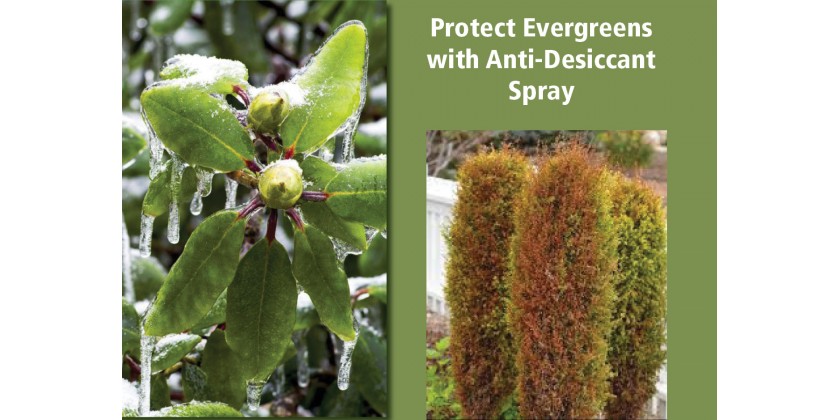
What is Winter Burn?
Evergreens, unlike deciduous trees, keep their foliage throughout the autumn and winter. Evergreens retain significant amounts of moisture to keep foliage year-round. Because evergreen trees retain so much moisture, they are susceptible to winter burn.
Why Does Winter Burn Happen?
Winter burn can happen for a variety of reasons. Exposure to harsh winter conditions, excessive winter sun, or rapid temperature changes are some of the factors that lead to winter burn. Newer shrubs with less established root systems or warm autumns also increase the risk of winter burn.
How to Tell if Evergreens have Winter Burn?
When evergreens are suffering from winter burn, the needles usually turn brown or rust-colored. The winter-burnt areas on an evergreen may flake or crunch when you grab it. It may look dead but that isn’t necessarily the case. Evergreens, for the most part, will recover from winter burn once the weather begins to improve. Prevention is the best way to stop winter burn, but how exactly do you prevent it?
Prevent Winter Burn on Evergreens
They are many methods to prevent winter burn on your evergreens. You can take a few preventative measures to stop your shrubs and evergreens from being blighted by winter:
1. Avoid placing shrubs or evergreens in areas that are hit directly by the sun or wind. Winter sun and wind are hard on evergreens. When planting evergreens, situate them in areas that are not in the direct path of harsh sunlight and wind.
2. Wrap plants in burlap. Burlap is another common and simple way to protect evergreen. Wrapping evergreens in burlap provides a physical barrier against wind and sun.
3. Water thoroughly in the fall. Keep watering evergreens throughout the fall until the ground freezes. Keeping evergreens hydrated helps protect them against winter injury.
4. Spray shrubs and evergreens with an anti-desiccant. Anti-desiccants coat the needles or foliage of evergreens allowing them to trap more moisture. The extra moisture will go a long way in preventing winter injury.
